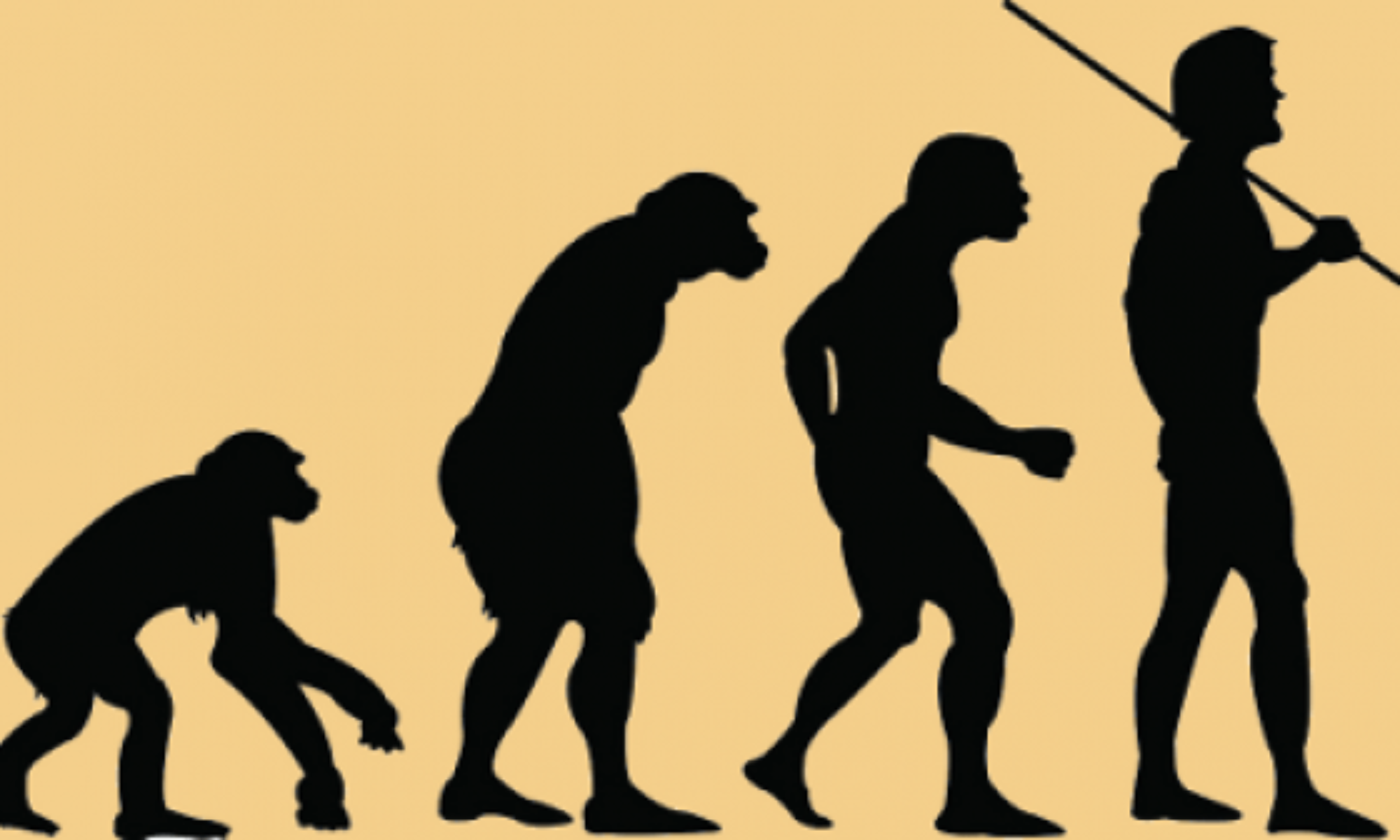Chapter 1: Cavemen in Condos
Dr. Zuk starts off her book referencing a New York Times article that talks about people following an ancient, paleo lifestyle while living in New York City. Their practices include bursts of exercising the mimic escaping predators, strictly carnivorous diet, and frequent blood donations to simulate being wounded on a hunt. She references many online forums of people who participate in this lifestyle and addresses the popular sentiment that agriculture is one of the most important reasons for why humans went away from the hunter-gatherer lifestyle and is at fault for many of our current chronic diseases. She uses these somewhat outlandish practices and claims to then posit her overall question for the whole book as: “…if we want to go back to a healthier way of life, what exactly should we emulate? How did those ancestors live anyway, and where do we get our ideas about early humans?”

The next part of the chapter is a brief overview of the evolutionary history of modern humans starting with Hominids splitting from nonhuman primates and covering Ardipithecus, the various types of Australopithecus, and then the various species of the genus Homo, including Neanderthals. She makes the point of saying that there is no definite lineage of Homo sapiens.
She then inquires about ancient, hunter-gatherer societies, and ponders the question about how do we know what their life was like? She presents evidence comes from fossils of ancient hominins, modern-day hunter-gatherers, and modern apes. She says that many of our notions about the Paleolithic area are from these techniques, but almost all of the scientific evidence she uses to debunk certain “paleofantasies” come from genomic data.
She then ends the chapter after describing some of the practices of modern-day hunter-gatherers, like the Kalahari Bushmen or Hadza nomads of Tanzania, with the notion that there is no clear-cut paleo-lifestyle and that we know a lot less than we think we do.
